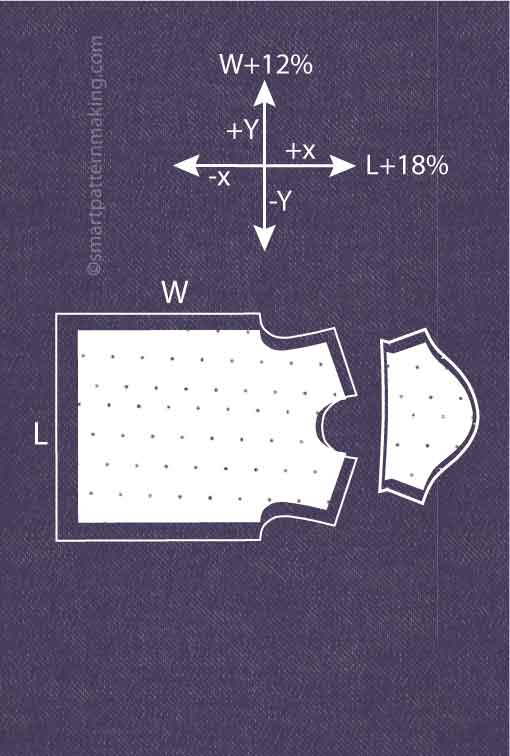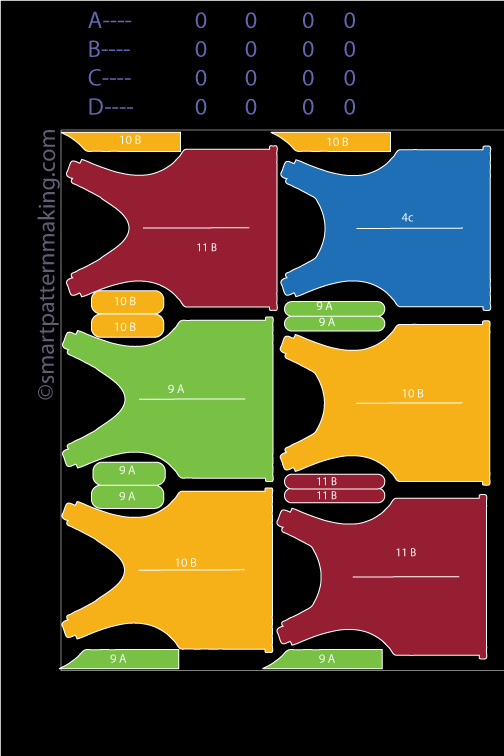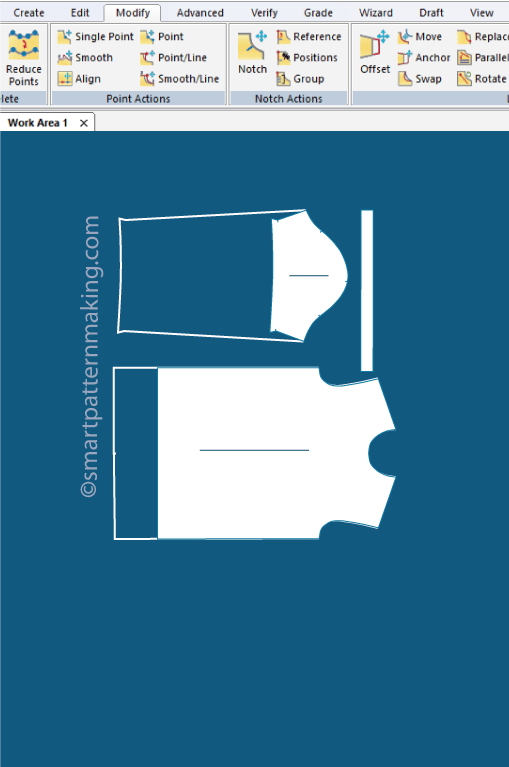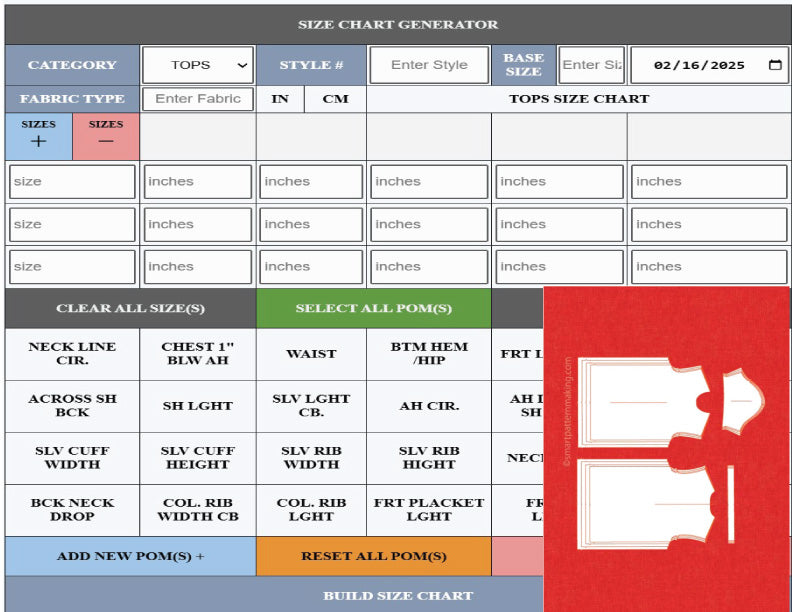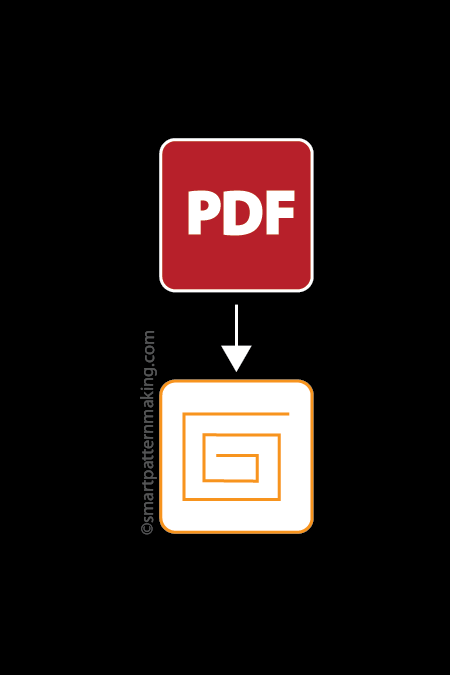Master Pattern Making Services for Fashion Business Success
Unlock Precision and Perfection with Our Pattern Making Services
Are you a designer looking to take your fashion business to the next level? At Smart Pattern Making, we understand the passion and dedication that goes into every design. With over 30 years of experience, our expert team in Los Angeles is here to turn your creative ideas into perfectly crafted garments. We’re not just about precision—we’re about helping you bring your vision to life with accuracy, efficiency, and a personal touch.
The Foundation of High-Quality Fashion: Importance of Pattern Making

Pattern making is the backbone of fashion design, transforming creative ideas into tangible garments. However, it comes with its own set of challenges:
- Precision Fit: Achieve a perfect fit that enhances the wearer's shape with expert pattern drafting and clothes pattern techniques, crafted by skilled pattern makers.
- Design Translation: Accurately translate sketches into functional patterns, ensuring your design fashion sketch comes to life, with the help of a professional pattern maker.
- Consistency: Ensure consistent sizing across different collections, especially when making sewing patterns, with our experienced pattern maker team.
- Fabric Adaptation: Adjust patterns for various fabric types and their behaviors, perfectly tailored by our pattern makers.
- Efficiency: Balance detail with time and cost pressures, expertly managed by our pattern maker professionals.
Our team tackles these challenges head-on, delivering meticulously crafted patterns that are accurate, consistent, and production-ready. With our LA expert pattern making and pattern drafting services, your designs will seamlessly transition from concept to reality, whether for a prototype or pattern making. Trust our pattern maker experts to bring your vision to life.
Build the foundation for success—start your pattern making today!
How Our Advanced Pattern Making Techniques Enhance Your Designs

Imagine having patterns that not only match your design vision but also save you time and reduce production costs. Our Los Angeles-based expert pattern makers use cutting-edge digital tools and innovative techniques to ensure every detail is captured with pinpoint accuracy. The result? High-quality patterns that streamline your production process, reduce waste, and enhance the final look and fit of your garments—bringing your creations to life exactly as you envisioned.
Challenges in Pattern Making and How We Solve Them

Pattern making is a critical but challenging aspect of fashion design. Here are some common challenges you might face:
- Sizing Inconsistencies: Maintain consistent sizing across different garments and collections through effective pattern drafting and pattern make techniques, all ensured by a dedicated pattern maker.
- Complex Designs: Translate intricate designs into accurate patterns using prototype tools, with the expert guidance of a pattern maker.
- Fabric Characteristics: Adapt patterns to account for fabric stretch, shrinkage, and drape with pattern making in sewing techniques, customized by our pattern maker team.
- Fit Issues: Ensure the pattern fits well across various body types by making a sewing pattern that suits diverse needs, all handled by our skilled pattern makers.
- Time and Cost Constraints: Manage the time and cost involved in creating accurate patterns while ensuring the quality of the final product, a challenge easily tackled by our experienced pattern makers.
Our LA-based team is equipped to handle every obstacle, ensuring that each pattern is meticulously crafted to avoid common pitfalls like misalignment and improper fit. We conduct thorough fit tests and adjustments to deliver patterns that are production-ready, whether you are drafting a pattern or making a pattern from scratch. Our pattern makers ensure that every detail is perfect before moving to the production phase.
Cost Comparison: DIY Pattern Making vs. Our Professional Service

Understanding the cost differences between DIY pattern making and using professional services can help you make an informed decision:
| Description | In-House Pattern Making Costs | Using Our Pattern Making Service |
|---|---|---|
| Time Investment | High (Hiring, training, managing staff) | Low (We handle everything) |
| Customization Options | Limited by in-house capabilities | Extensive (Tailored to your needs) |
| Pattern Maker Salary | $60,000 - $80,000/year | $0 (No cost) |
| Software Purchase | $10,000 - $12,000 | $0 (No cost) |
| Hardware Costs (Computers, Plotters) | $8,000 - $10,000 one-time | $0 (No cost) |
| Repairs, Paper & Ink | $1,500 - $3,500/year | $0 (No cost) |
| Prototyping Equipment | $1,500 - $3,500+ | $0 (No cost) |
| Training & Support Costs | $1,500/year | $0 (No cost) |
| Software Updates & Maintenance | $1,500/year | $0 (No cost) |
| Total Annual Cost | $73,070 - $117,500+ | Saves You Money and Hassle! |
Experience the difference with our pattern making—start now!
Why You Need Our Pattern Making Services

Our pattern making services in Los Angeles, CA, USA, are designed to meet the unique needs of your fashion business. From startups to established brands, we offer a level of expertise, precision, and customization that ensures your garments are ready for production with minimal revisions. Trust our experienced team to deliver patterns that align perfectly with your design vision. Whether you need help with prototype design or pattern making in sewing, we have the expertise you need. Our pattern maker professionals are committed to making sure your designs meet the highest standards.
- Expertise You Can Trust: With over 30 years of experience, our team is skilled in crafting high-quality patterns for a wide range of styles, from drafting patterns to final production. Our pattern maker team ensures that every pattern is crafted to perfection.
- Save Time and Money: Our digital pattern-making tools and efficient processes help you save time and reduce costs compared to traditional methods, with every step overseen by an expert pattern maker.
- Customization and Flexibility: We offer extensive customization options to ensure your patterns meet your exact needs, guided by our professional pattern makers.
- Reliability: Our patterns are rigorously tested, ensuring they are production-ready and meet industry standards, thanks to our dedicated pattern maker team.
Bring your designs to life with expert precision—get started today
Frequently Asked Questions
Q: What is involved in pattern making?
A: Pattern making involves creating templates used to cut and sew fabric into garments. The process includes taking measurements, drafting the pattern, and making adjustments for fit and style to ensure the final product meets your design specifications. Whether it's drafting a pattern or making sewing patterns, the process is crucial for a perfect fit. Our pattern maker team is here to assist you at every step.
Q: How do I get started with your pattern making service?
A: Getting started is easy! Just contact us with your design concept, measurements, and any reference materials. Our team will work closely with you to develop patterns that bring your vision to life, whether you're focused on making a sewing pattern or a prototype design. Our pattern maker professionals will ensure that your designs are translated into accurate, high-quality patterns.
Q: How long does the pattern making process take?
A: The timeline depends on the complexity of the design. However, we prioritize efficiency and will provide an estimated completion time once we have all the necessary details. Expedited services are also available for urgent projects. Our pattern makers work diligently to meet your deadlines.
Q: Can you handle complex designs?
A: Absolutely! Our team is skilled in working with intricate designs, including draped collars, engineered pockets, and more. We ensure every detail is captured accurately in the final pattern, whether it's a clothes pattern or a complete prototype package. Our pattern maker expertise allows us to manage even the most complex designs.
Q: What if I need revisions?
A: We offer pattern alteration services to fine-tune your patterns until they meet your exact requirements. Your satisfaction is our top priority, and our pattern maker team is always ready to make necessary adjustments.
Q: How do I ship my prototype garments?
A: Please send all prototype samples to our shipping address listed online and ensure you have at least two samples of the same design—one for you to keep and one for us to use, measure, deconstruct, and create your zero-shrinkage prototype patterns. Our pattern maker team will handle the rest.
Q: How will I receive my prototype pattern design? Is it a hard paper pattern or digital design?
A: You will receive a Gerber AccuMark digital prototype ZIP file that you can import into any Gerber AccuMark system, as well as a DXF file—a universal file that can be imported into other fashion CAD systems. Our pattern makers ensure that all digital files are accurate and ready for use.
Q: Do you cut and sew my sample?
A: No, we do not offer any sample cutting or sewing services. However, we can print all your designs created with us so you can send them to your cutting service or sewing contractor.
Q: Do you offer rush services?
A: Yes, we offer expedited services for urgent projects. Just let us know your deadline, and we will do our best to accommodate your needs. Our pattern maker team is ready to meet your timeline requirements.
Smart Pattern Making is Trusted by Top Brands Including:

Ready to Elevate Your Fashion Brand?
Don't let inaccurate patterns hold you back. Our professional pattern making services ensure precision, consistency, and quality in every design. Contact us today to start transforming your designs into high-quality garments, whether you need pattern making in sewing or prototype services. Our pattern maker team is here to support you every step of the way.
Start Your Pattern Making Journey Today!
